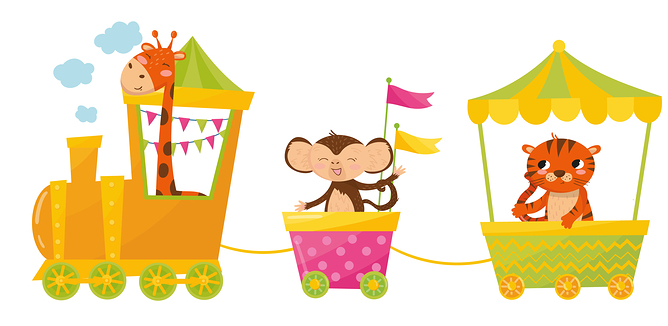Choo-Choo! The Sleep Train is Coming Through…
What Is Sleep training? Sleep training is more than just a nice way of saying “cry-it-out”. Sleep training is a method by which the parent creates an environment for an infant to learn how to maintain sleep.

Why do I have to do this? For some infants, sleep comes easily and quickly. As soon as the body no longer needs nutrition in the night, the baby sleeps through without any perceived awakenings. Unfortunately, most babies (and some adults) need to be taught to maintain sleep. We all wake up in the middle of the night. Most of us will look at the clock, roll into another position, find the cold side of the pillow and will go back to sleep. The reason we do this is that we have trained ourselves to fall asleep without sleep props and we have trained ourselves to not be alarmed by these awakenings. Many infants need to be taught this skill.
Unfortunately, many infants think that they need to eat in the middle of the night. They think that because we have taught them to think that. As newborns, they needed to eat in the middle of the night. But around 3 months of age, they no longer needed to eat but the habit of waking up continued. Your job now is to teach your baby that it is not necessary to eat in the middle of the night and when he/she comes to wakefulness to go back to sleep without the assistance of a parent.
So what do I do?
- Establish an optimal bedtime. Everyone’s body will release a hormone called cortisol in the evening. Cortisol is like a shot of Starbucks coffee. It is physically very difficult to fall asleep during this cortisol surge. Cortisol is why you can’t keep your eyes open while driving home from work but get a second wind around 8:00 pm. Babies are very sensitive to cortisol and will sleep better, longer and more soundly if they go to bed before that hormone surge. Based on cortisol surges, the optimal bedtime for a 4-month-old is 8:00 pm and for a 6-24 month old is 7:00 pm.
- Create a bedtime routine that does not end with a feeding. Ideally, your bedtime routine will allow your baby time to digest their last feeding and will signal that bedtime is coming. Allow for at least 30-40 min from the end of the feed until the time you are putting the baby down. I recommend: Feed, Bath, Stories, Kisses.
- Eliminate all sleep props. A sleep prop is anything that is in the baby’s environment which requires adult intervention to return to sleep when a natural awakening occurs. Examples of sleep props are: Feeding (breast or formula), pacifiers, swaddling, mobiles, music, aquariums, night light, or rocking.
- Put your baby down. It is now time for you to leave the room. Look your baby in the eye, proclaim your love and leave. This sounds terrible. My baby is going to go cry. Yes, your baby is going to cry. Your baby will be frustrated while learning this new routine. Here is what you can expect:
First night: your baby will cry for 45 min to 90 min before falling asleep and will wake twice in the night and cry for 45-90 min each time
Second night: same as the first night
Third night: will cry for 20 min before falling asleep and will sleep through the night until 5:00 am. Stay out of the room. Allow your baby the opportunity to learn to fall asleep and to maintain sleep without your assistance.
This is hard to do since your instinct is to jump in and stop the frustration by feeding or rocking your baby. The problem is that you are not helping the situation, rather you are communicating to the baby that you don’t believe that they can do this. Trust that your baby can learn this skill and that you have done your part to ensure success.
A video on successful sleep training by Dr. Glassman is available on our Facebook page. Just click this link – Sleep Training by Dr. Glassman and go to the videos tab on our page.

